Regulatory Compliance and Standards
The Passenger Air Brake Market is significantly influenced by stringent regulatory frameworks and safety standards imposed by transportation authorities. Compliance with these regulations is essential for manufacturers aiming to maintain market access and consumer trust. Recent updates to safety regulations have prompted companies to invest in research and development to ensure their products meet or exceed these standards. This has led to an increase in the adoption of advanced braking technologies that not only comply with regulations but also enhance vehicle performance. The ongoing evolution of regulatory requirements indicates that the Passenger Air Brake Market will continue to adapt, fostering innovation and driving growth as manufacturers strive to meet the expectations of both regulators and consumers.
Focus on Environmental Sustainability
The Passenger Air Brake Market is increasingly aligning with environmental sustainability goals as manufacturers seek to reduce the ecological footprint of their products. The push for greener technologies has led to the development of air brake systems that utilize eco-friendly materials and processes. Additionally, advancements in braking technology are contributing to improved fuel efficiency and lower emissions in vehicles. As consumers become more environmentally conscious, the demand for sustainable transportation solutions is likely to rise, influencing purchasing decisions in the Passenger Air Brake Market. This trend not only reflects a shift in consumer preferences but also indicates a broader commitment within the industry to embrace sustainable practices, potentially reshaping the competitive landscape.
Increasing Demand for Passenger Safety
The Passenger Air Brake Market is experiencing a notable surge in demand driven by heightened safety concerns among passengers and regulatory bodies. As transportation authorities emphasize the importance of safety features, manufacturers are compelled to innovate and enhance air brake systems. This trend is reflected in the growing adoption of advanced braking technologies, which are designed to minimize stopping distances and improve overall vehicle control. According to recent data, the market for air brake systems is projected to grow at a compound annual growth rate of approximately 5.2% over the next five years. This increasing focus on safety not only influences consumer preferences but also shapes the competitive landscape within the Passenger Air Brake Market.
Technological Innovations in Brake Systems
Technological advancements play a pivotal role in shaping the Passenger Air Brake Market. The integration of smart technologies, such as electronic braking systems and automated diagnostics, is revolutionizing traditional air brake systems. These innovations enhance performance, reliability, and maintenance efficiency, thereby attracting manufacturers and consumers alike. The introduction of lightweight materials and advanced composites is also contributing to improved fuel efficiency and reduced emissions in vehicles equipped with air brakes. As a result, the market is witnessing a shift towards more sophisticated braking solutions that align with modern automotive trends. The potential for further technological breakthroughs suggests that the Passenger Air Brake Market will continue to evolve, catering to the demands of an increasingly tech-savvy consumer base.
Growing Urbanization and Public Transport Expansion
Urbanization trends are significantly impacting the Passenger Air Brake Market, as cities expand and public transportation systems evolve. The increasing population density in urban areas necessitates efficient and reliable public transport solutions, leading to a rise in demand for buses and other passenger vehicles equipped with advanced air brake systems. This shift is further supported by government initiatives aimed at promoting public transport as a sustainable alternative to private vehicle use. As cities invest in modernizing their transit infrastructure, the Passenger Air Brake Market is poised for growth, with manufacturers focusing on developing braking systems that enhance safety and efficiency in urban environments. The potential for increased public transport adoption suggests a favorable outlook for the market.


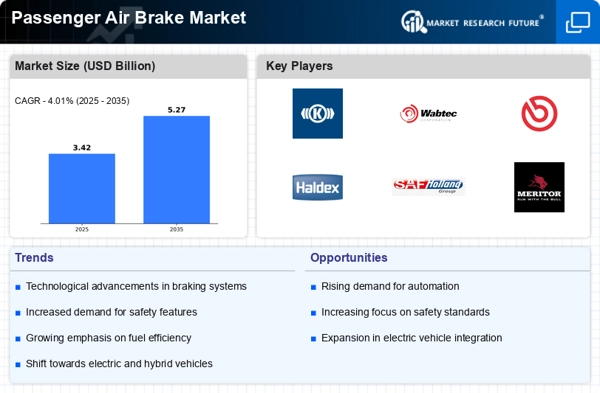


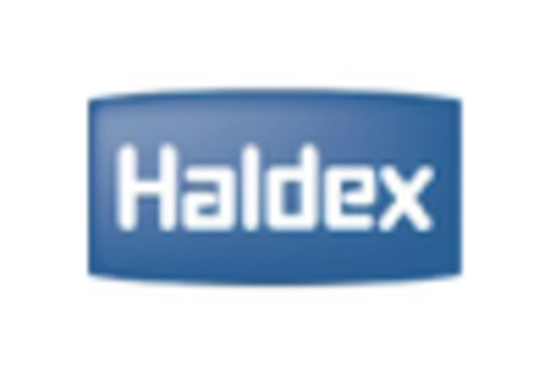
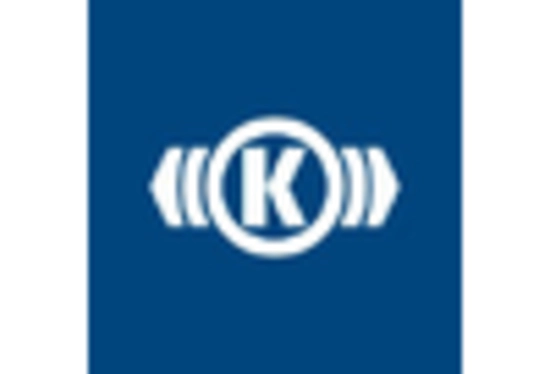

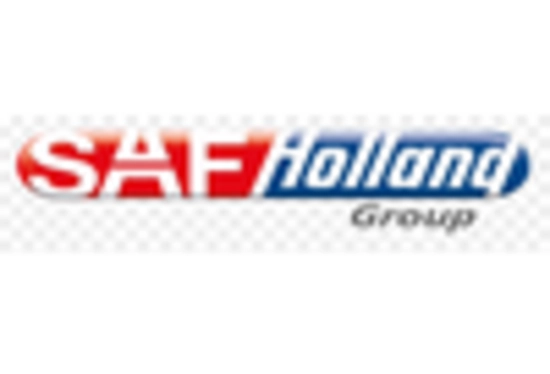
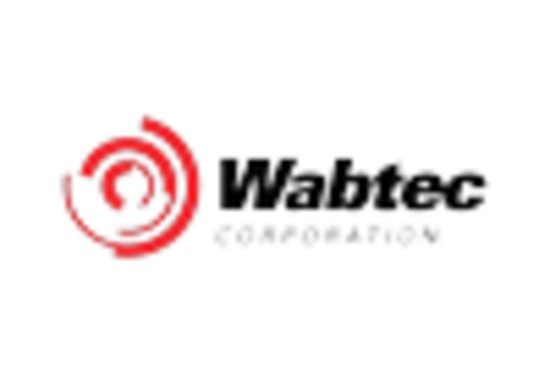








Leave a Comment